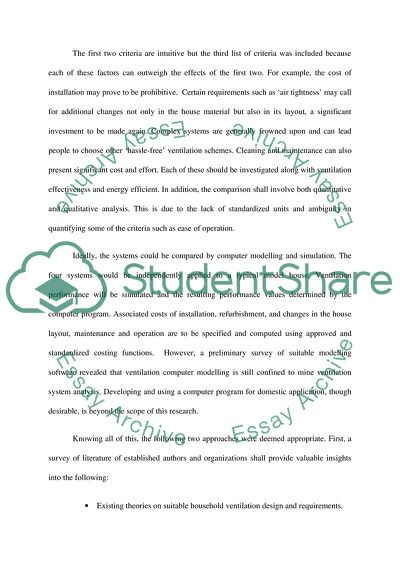Cite this document
(How do We Solve the Conflict between the Need to Ventilate and Energy Assignment Example | Topics and Well Written Essays - 1250 words, n.d.)
How do We Solve the Conflict between the Need to Ventilate and Energy Assignment Example | Topics and Well Written Essays - 1250 words. https://studentshare.org/engineering-and-construction/1736314-how-do-we-solve-the-conflict-between-the-need-to-ventilate-and-energy-efficiency
How do We Solve the Conflict between the Need to Ventilate and Energy Assignment Example | Topics and Well Written Essays - 1250 words. https://studentshare.org/engineering-and-construction/1736314-how-do-we-solve-the-conflict-between-the-need-to-ventilate-and-energy-efficiency
(How Do We Solve the Conflict Between the Need to Ventilate and Energy Assignment Example | Topics and Well Written Essays - 1250 Words)
How Do We Solve the Conflict Between the Need to Ventilate and Energy Assignment Example | Topics and Well Written Essays - 1250 Words. https://studentshare.org/engineering-and-construction/1736314-how-do-we-solve-the-conflict-between-the-need-to-ventilate-and-energy-efficiency.
How Do We Solve the Conflict Between the Need to Ventilate and Energy Assignment Example | Topics and Well Written Essays - 1250 Words. https://studentshare.org/engineering-and-construction/1736314-how-do-we-solve-the-conflict-between-the-need-to-ventilate-and-energy-efficiency.
“How Do We Solve the Conflict Between the Need to Ventilate and Energy Assignment Example | Topics and Well Written Essays - 1250 Words”. https://studentshare.org/engineering-and-construction/1736314-how-do-we-solve-the-conflict-between-the-need-to-ventilate-and-energy-efficiency.


